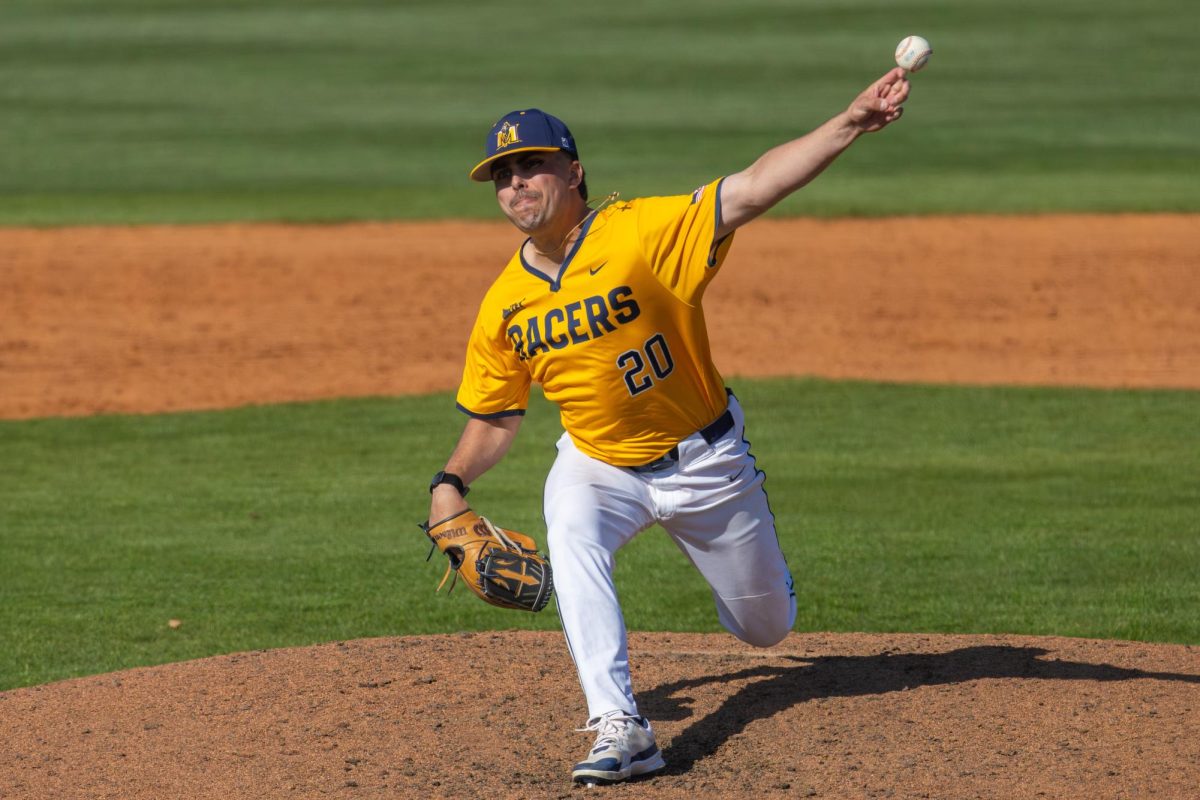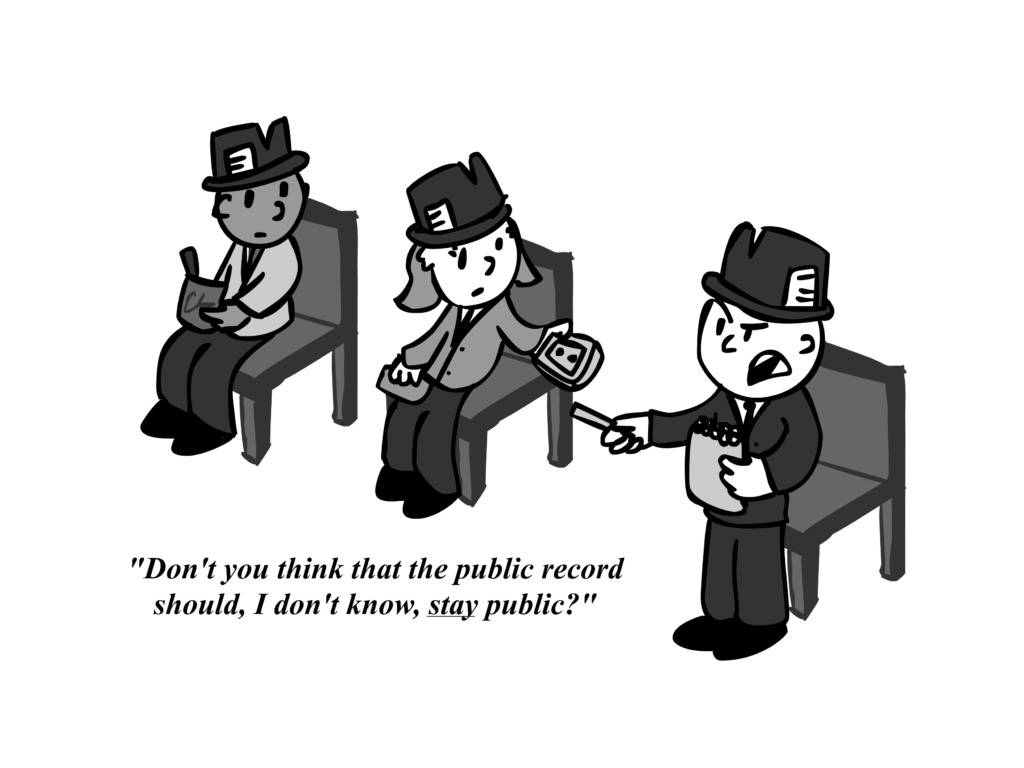Column by Taylor Grace Suiter Senior from Brentwood, Tennessee
Valentine’s Day is upon us, and with it, all the trappings of love.
Hearts and Cupids and red and pink fill the front aisles of Walgreens, reminders of Hallmark’s commodification of the heartfelt.
These signs are nothing new; Valentine’s Day symbology looks the same the country over, but on our campus lives (or dies, rather) another symbol of love – The Shoe Tree.
The Shoe Tree has no official day, no set-aside season, but its presence becomes increasingly felt as students near graduation.
My senior year started and engagements started happening like birthdays. No longer are Pandora charms or puppies the sign of a boyfriend’s commitment, but diamonds instead – much to De Beers’ delight.
Girls who I started school with – who lived in my residential college freshman year, who stood beside me on Bid Day, who I’ve taken classes alongside for seven semesters, are signing up to spend the rest of their lives with other human beings.
This isn’t to say that I’m not happy for my friends who’ve decided to tie the knot – I am. In fact, as I write this I’m helping a pledge sister pick out bridesmaid dresses. But still, the phenomenon on Murray State’s campus of engagements being commonplace for seniors astounds me.
I’ve only been with myself for 21 years, and sometimes I get sick of me.
But why wouldn’t they want to be engaged?
It’s a tradition to meet the love of your life at Murray State – so much so that we’ve dedicated a tree in the middle of the Quad as a testament to it.
It’s a point of interest on campus tours – a shrine to matrimonial love found in undergrad.
It’s a symbol that everyone can smile and feel happy about, and symbols are powerful. They don’t only signify culture; they can shape it, too.
Symbols, when unpacked, reveal the values and ideals that the symbol itself was created to represent and perpetuate.
While “aww” inducing upon first glance, the Shoe Tree speaks on a deeper level to what’s valued in the collective eyes of Murray State.
It symbolizes love, youth, an ideal and strangely enough, achievement. There’s a reason it tops many people’s list of favorite Murray State traditions.
Consider, too, that the only other plaques or monuments in the Quad commemorate Murray State’s desegregation and its second president, Rainey T. Wells.
Marriage means something to us, apparently.
The tree represents Murray State’s past efficacy as a matchmaker, reflecting the present-day value we put on finding love and perpetuating a “tradition” for others to continue into the future.
It’s this weight that makes me think that our beloved Shoe Tree promotes a hyperreality – that is, according to The Collins English Dictionary, “an image or simulation … that either distorts the reality it purports to depict or does not in fact depict anything with a real existence at all, but which nonetheless comes to constitute reality.”
I’m not saying that the tree or the relationships whose shoes it bears aren’t real, but that perhaps the expectation the tree implicitly places upon and within students by it is misleading.
Americans, generally, are marrying at an increasingly older age – the latest statistic says that 27 for women and 29 for men was the average age to tie the knot. So while it may seem like engagements are the new norm, know that it’s simply not so elsewhere.
Maybe my perspective is warped, though. When I asked one of my soon-to-be-betrothed friends what they thought of Murray State’s marriage culture and its Shoe Tree, she said, “Many students here are very focused on the future and are hopeless romantics awaiting their happily ever after.” And when I asked another about the tree the phrase “hopeless romantic” came up again. Hopelessly romantic hyperreality? Sure! The two concepts aren’t mutually exclusive, though plenty of couples at Murray State are.

































































































